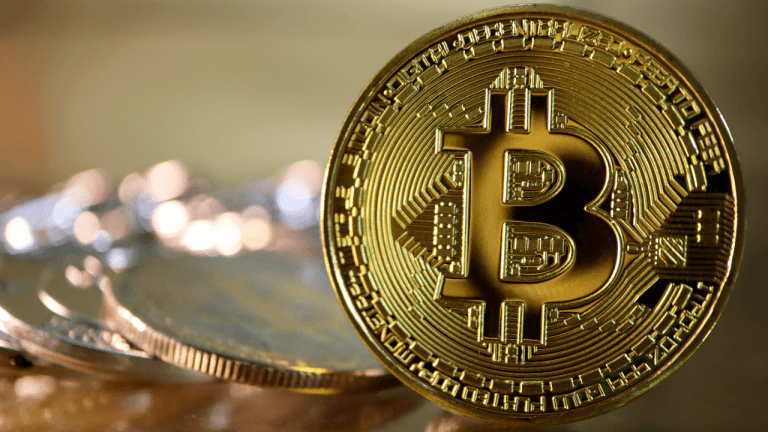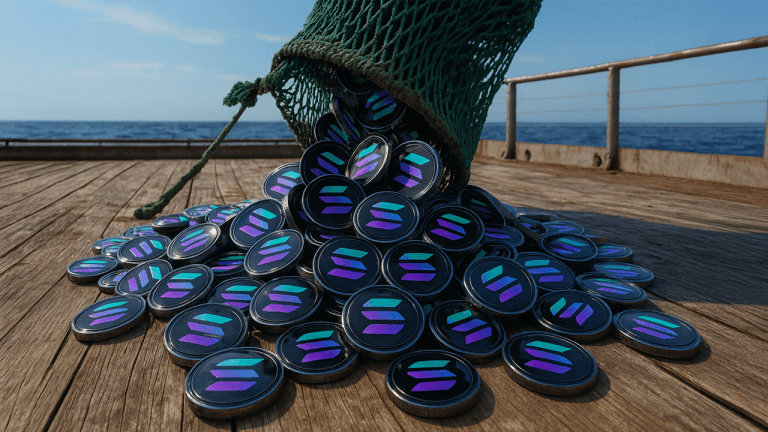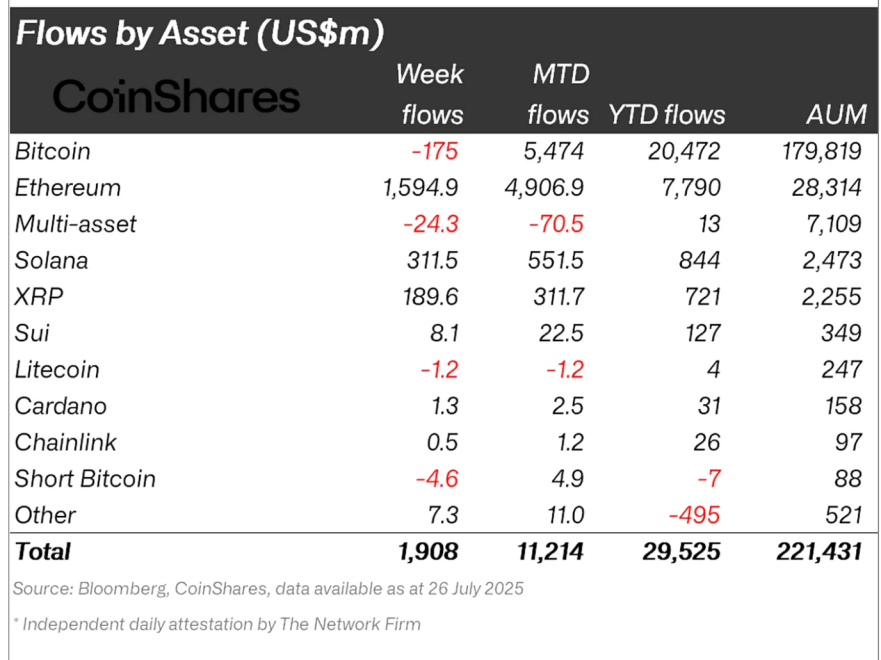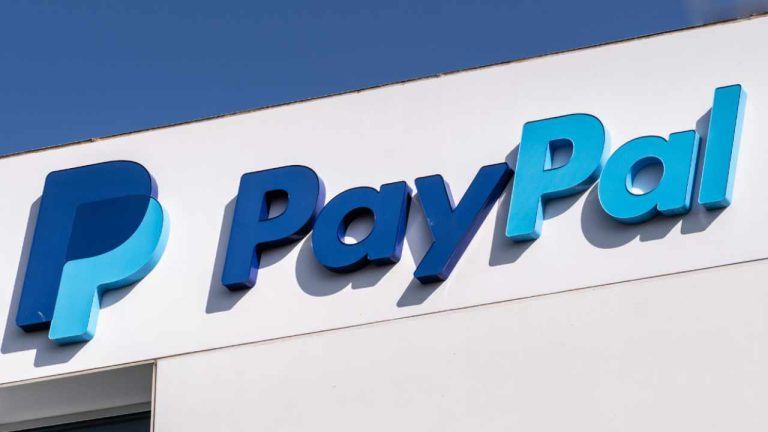 | Do you know the difference between gas price, gas limit, and gas in general? Here’s my ELI5 for you! Spoiler ???? Gas price vs gas limit:
To be serious, it’s easy and completed at the same time, so let’s dive in! Gas is the fuel that powers transactions on the Ethereum blockchain. User must pay a gas fee to have their transaction conducted. Gas fees help keep the #Ethereum network secure, being redistributed as a reward to validators for completing their responsibilities. In essence, gas fees secure the network by discouraging spam and ensuring network resilience. Each block on a blockchain has limited space. Ethereum block sizes are limited by setting block gas fee limits. An Ethereum block has a target size of 15m gas and a maximum limit of 30m gas. This means that the total amount of gas spent on all transactions in a block must be less than the block limit. Gas fees have to be paid in ETH. Gas prices are usually quoted in gwei which is equal to one-billionth of an ETH (0.000000001 ETH or 10-9 ETH). Instead of stating that the gas costs 0.000000001 ETH, users can refer to it as 1 gwei. Gas fees have two components: base fee and priority fee.
The base fee is burned by the protocol. This burning mechanism offsets #ETH inflation, contributing to the network's sustainability. The gas limit represents the maximum amount of gas a user is willing to pay for a transaction or EVM operation, with different operations requiring varying amounts of gas units. For instance, a standard transaction on Ethereum typically has a gas limit of 21k gwei, while more complex interactions like ERC-20 token approvals can require 45k gwei or swaps can consume up to several hundred thousand gas units. If the user during the approval of the transaction gets the notification about an error encountered during contract execution “out of gas”, it means that the gas limit (not gas price) set for the transaction is too low. To resolve this, the user needs to increase the gas limit, ensuring the transaction has enough gas to complete. Wallets like MetaMask automatically set gas limits based on the transaction type, but users can adjust these limits by enabling advanced gas controls in the wallet. Tip: For a quick estimate of gas consumption, users can find a similar transaction on the chain and set their gas limit at least 1.5 times the amount used in that transaction. To monitor Ethereum gas prices, so you can send your transactions for less, you can use different tools: → Etherscan transaction gas price estimator: etherscan.io/gastracker → Blocknative gas fee predictions and alerts, heat maps, and recent gas prices: blocknative.com/gas-estimator In general, the end of the working week is marked with higher gas fees, while lower on weekends. Time also matters: https://twitter.com/everstake_pool/status/1676183981404872704 Let's put theory into action! For example: Vitalik sent 1 $ETH to Joseph. The base fee is 10 gwei, and Vitalik tips 5 gwei to speed up the transaction. Total gas fee = gas limit \ (base fee + priority fee)* Vitalik’s total gas fee will be 21000*(10+5), which is 315k gwei or 0.000315 ETH. According to our calculation, 1.000315 ETH (1 ETH sent + total gas fee 0.000315 ETH) will be deducted from Vitalik’s wallet and Joseph will get 1 ETH. A base fee of 10 gwei will be burned, and a validator will get a priority fee of 5 gwei. Stay tuned with Everstake for more information! [link] [comments] |

You can get bonuses upto $100 FREE BONUS when you:
💰 Install these recommended apps:
💲 SocialGood - 100% Crypto Back on Everyday Shopping
💲 xPortal - The DeFi For The Next Billion
💲 CryptoTab Browser - Lightweight, fast, and ready to mine!
💰 Register on these recommended exchanges:
🟡 Binance🟡 Bitfinex🟡 Bitmart🟡 Bittrex🟡 Bitget
🟡 CoinEx🟡 Crypto.com🟡 Gate.io🟡 Huobi🟡 Kucoin.

































































































Comments